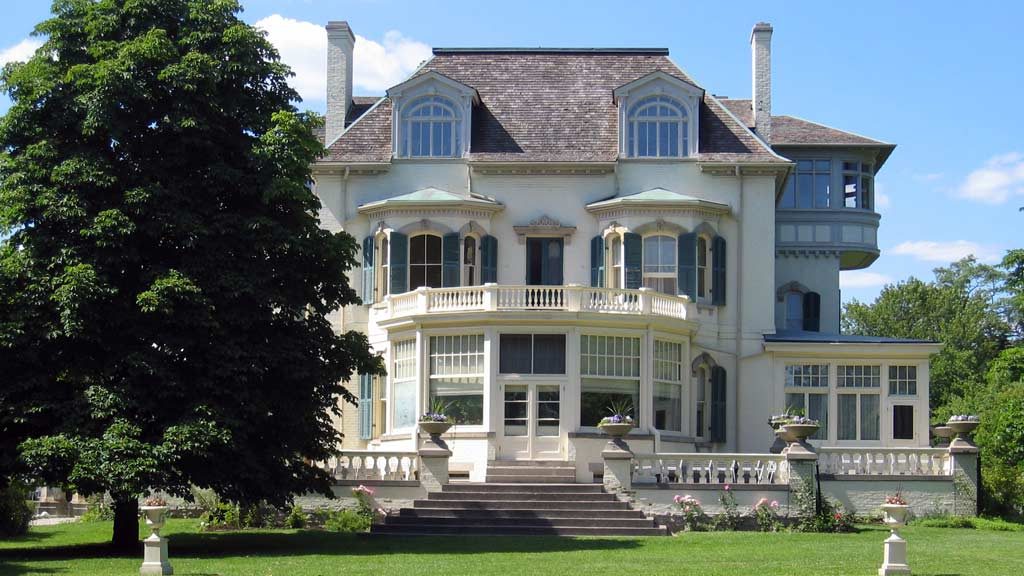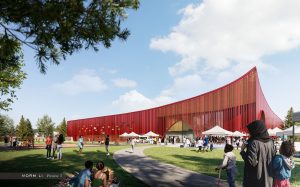OTTAWA — Spadina House, an Edwardian Toronto landmark bearing the imprint of 19th-century architect W.C. Vaux Chadwick, was recognized with a federal historic designation by Parks Canada July 31.
The designation citation noted that the home was built in 1866 for Toronto entrepreneur James Austin and his wife Susan Bright Austin and transformed into an opulent Edwardian residence. Between 1897 and 1913, Chadwick, the American firm Carrere and Hastings with Eustace G. Bird, and painter Gustav Hahn designed extensive changes for the earlier Victorian country house, whose designer is unknown.
The social standing of the family was expressed through innovative interior arrangements of public and private rooms for the family and servants quarters, and on the exterior, through the design and arrangement of gardens, greenhouse and a garage complete with chauffeur’s quarters, the citation said.
The current Spadina House, a 55-room mansion, was preceded on the property by two other smaller houses built in 1818 and 1836, noted Parks Canada.
“Considerably altered in the last round of renovations in the early-20th century, the house exhibits a predominantly Second Empire aesthetic, with earlier, mid-19th century architectural elements visible on the exterior and interior,” stated the citation.
“Clad in buff brick with dark green trim and a grey mansard roof, the distinctive elements of Spadina include its double-height bay windows, numerous dormers, the balustraded south terrace and the elaborate iron and glass porte-cochere on its west side.”
Spadina sits on a 5.7-acre plot of land on the brow of Davenport Hill in the Casa Loma district of Toronto.
Other designations went to Cure Antoine Labelle (1833-1891), the David Dunlap Observatory in Richmond Hill, Ont., the Historic Village of Val-Jalbert in Chambord, Que., Cure Antoine Labelle, Thomas George “Tommy” Prince, Ducks Unlimited Canada, Early Commercial Radio Broadcasting in Canada (1918-1932) and the Winnipeg Falcons Hockey Club.
Parks Canada manages a nation-wide network of 171 national historic sites, 46 national parks, one national urban park, and four national marine conservation areas.











Recent Comments
comments for this post are closed